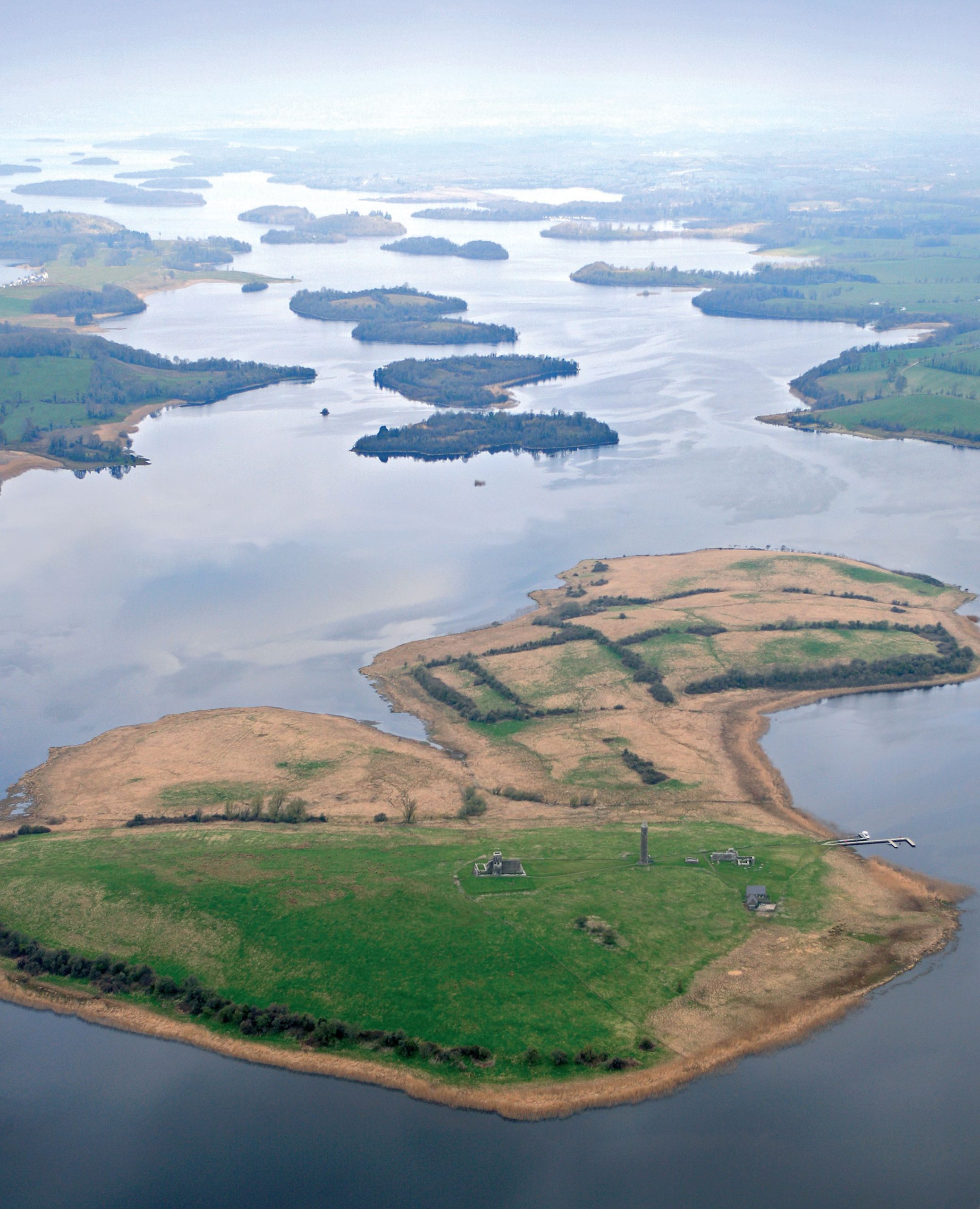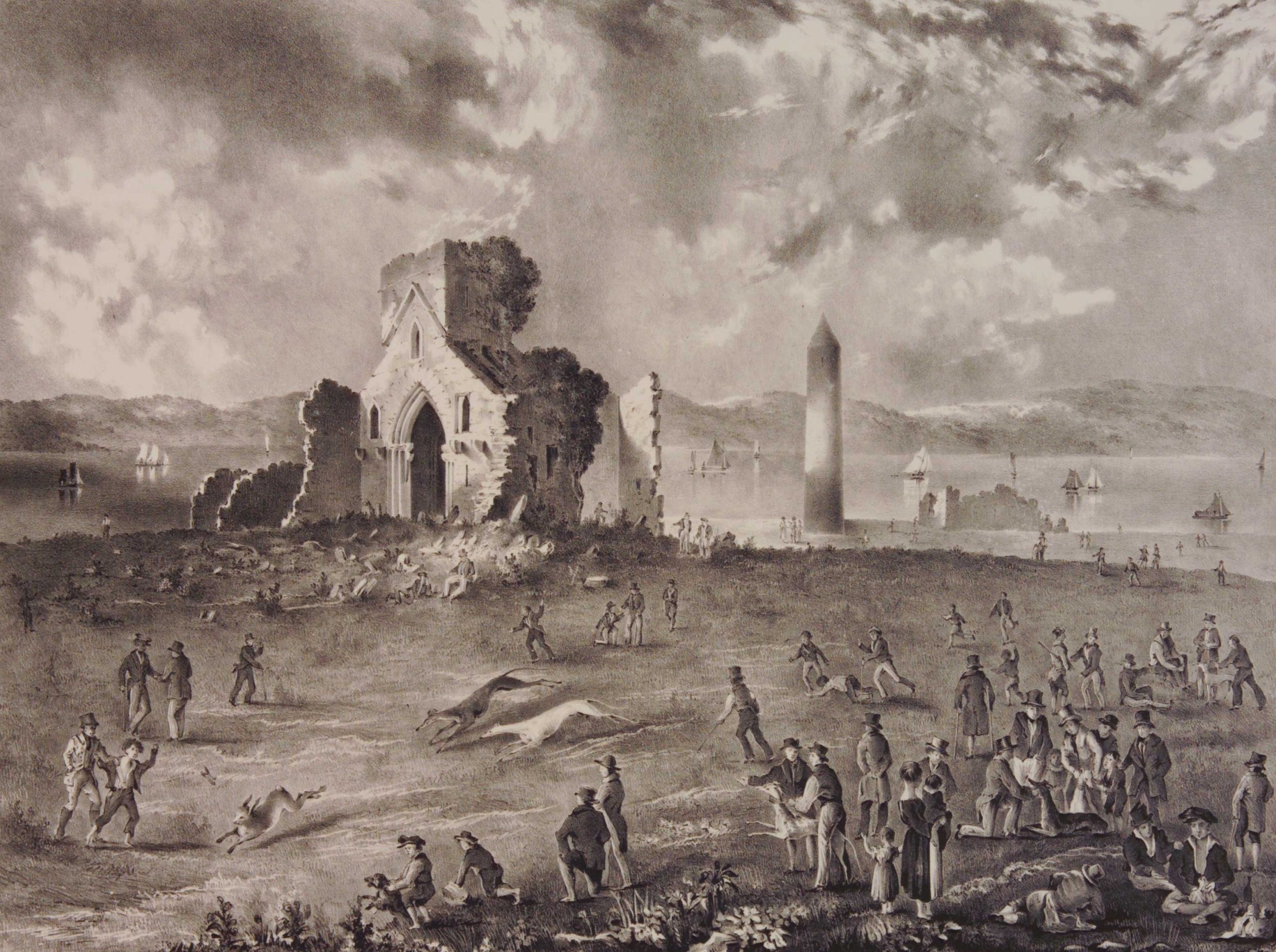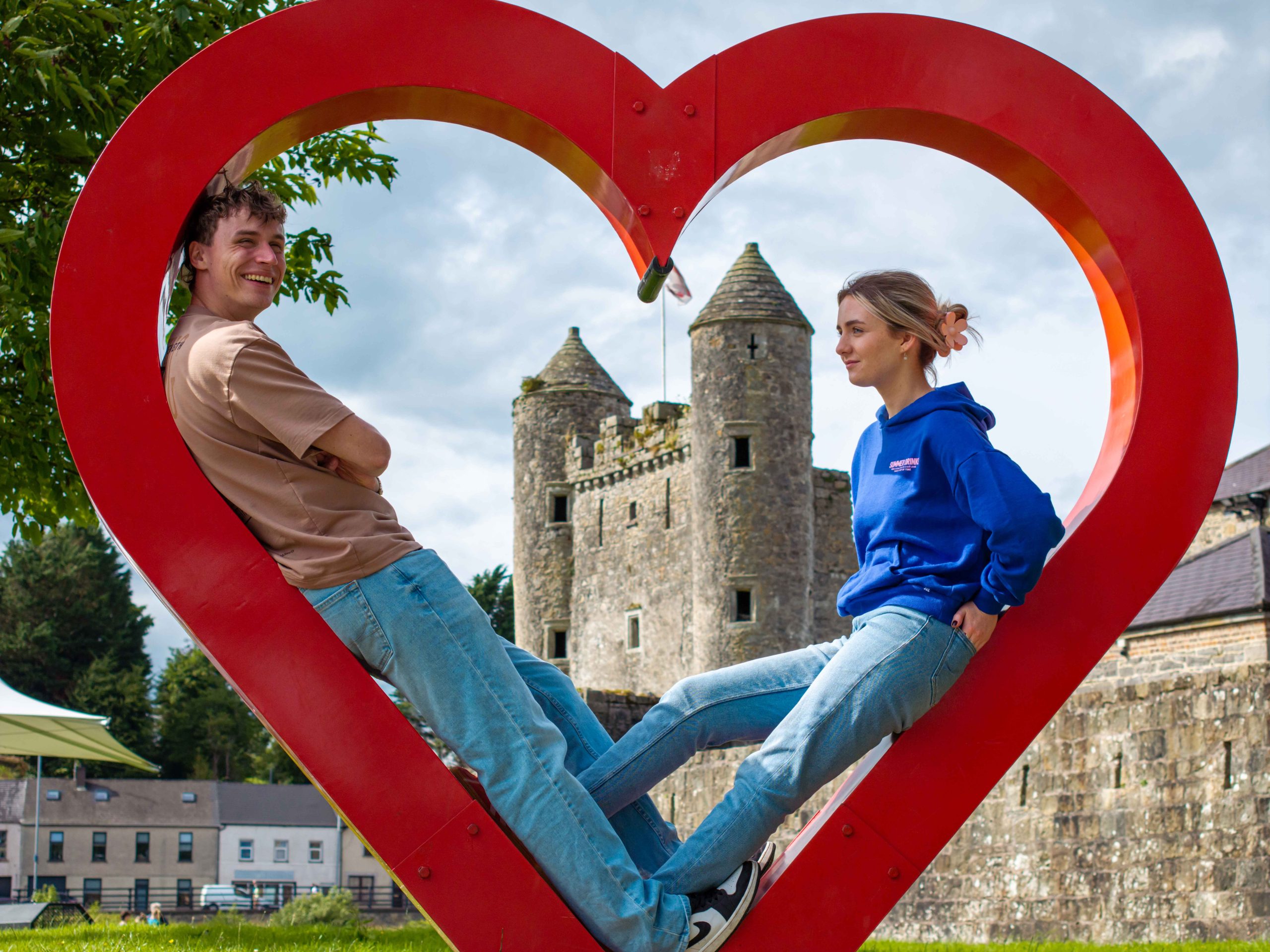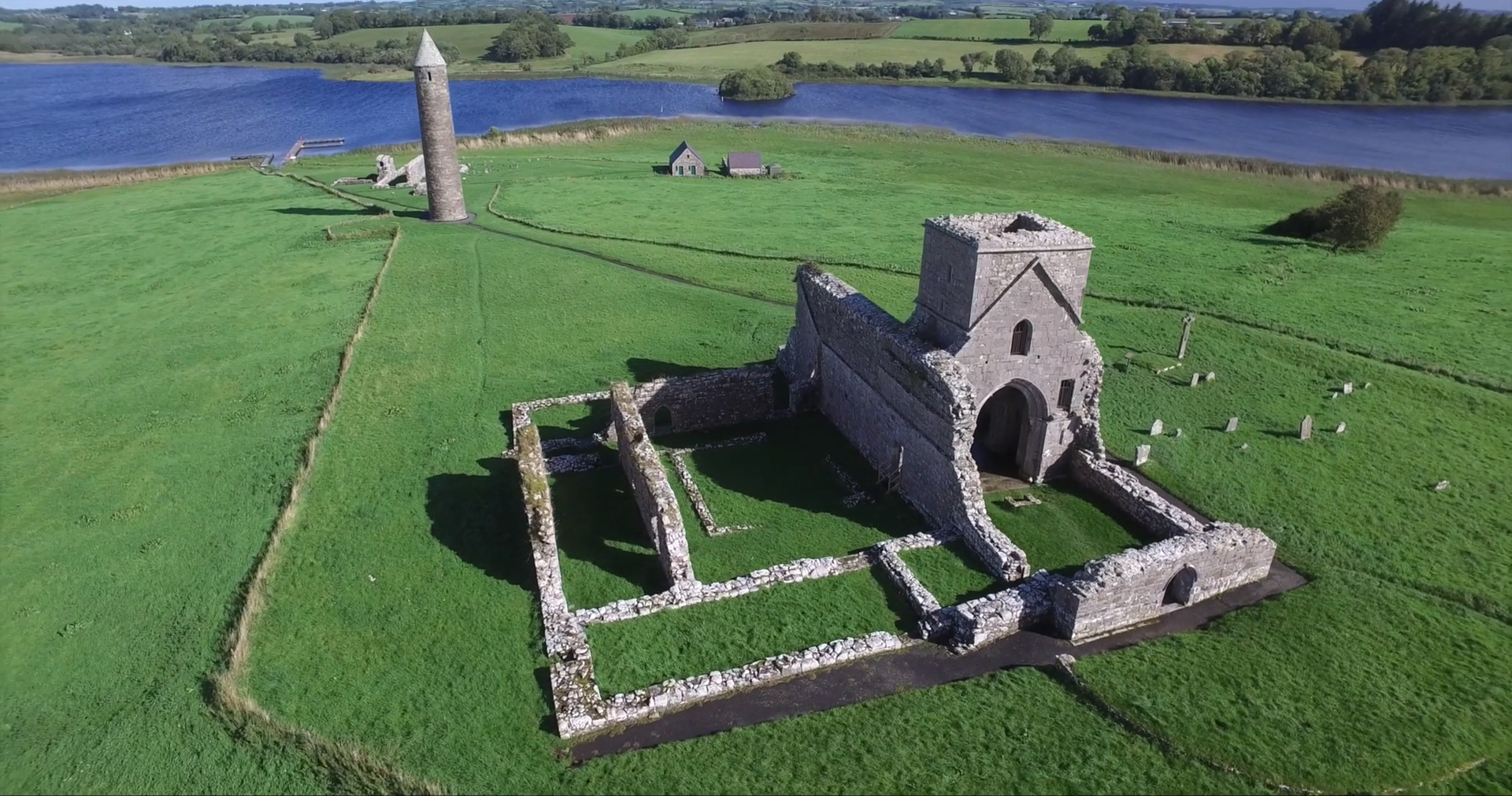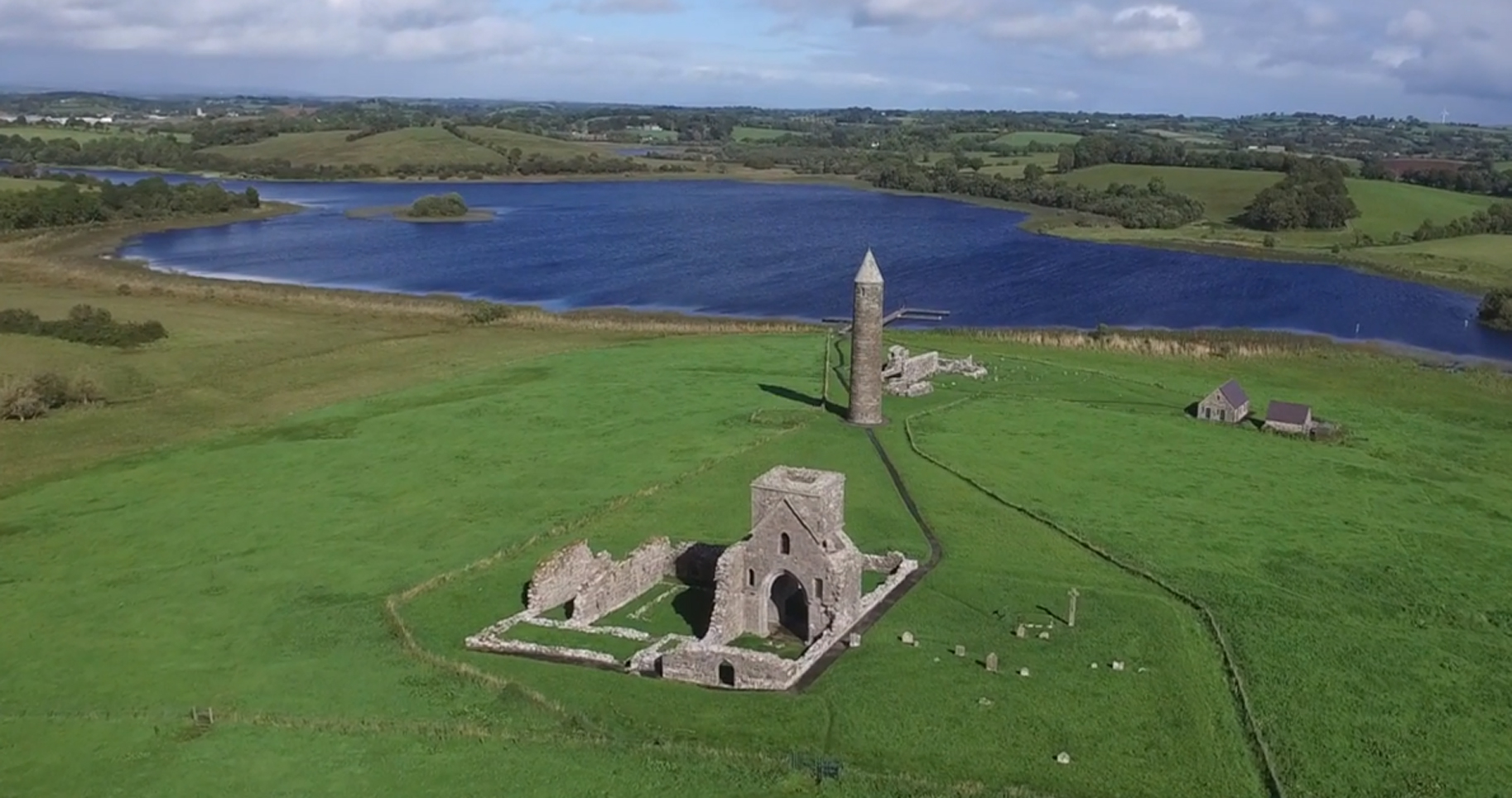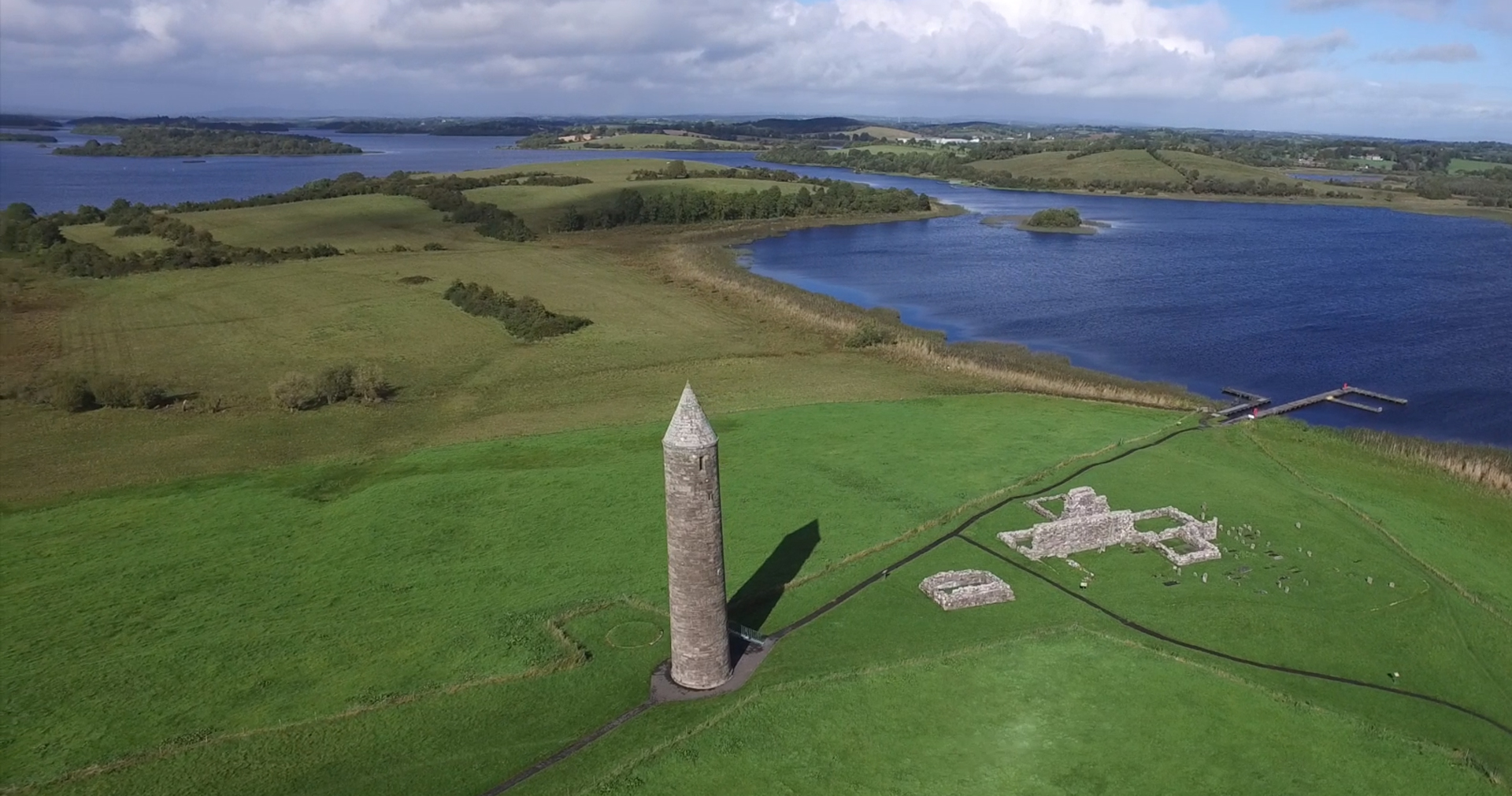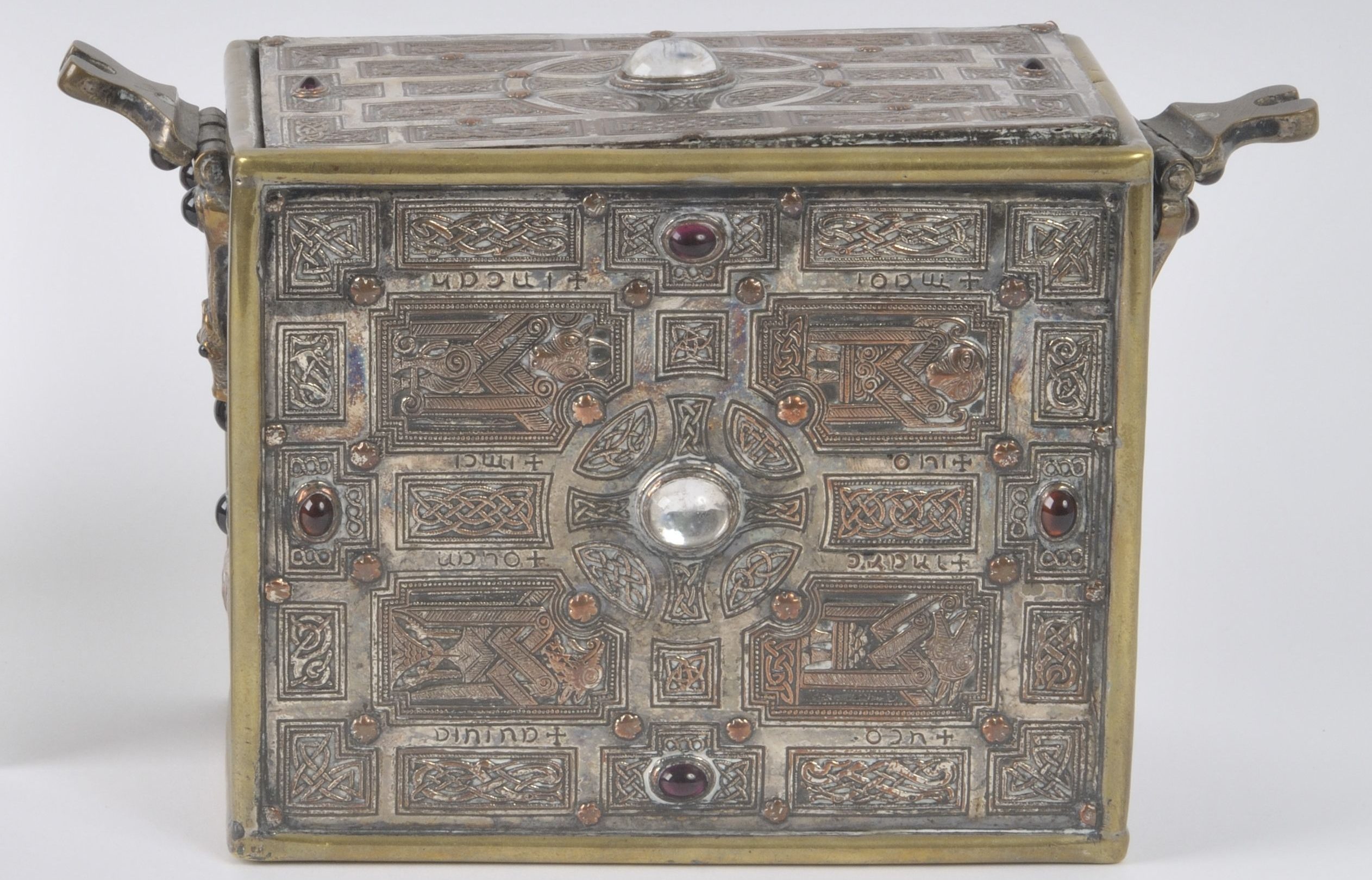Welcome to Devenish Island
Devenish Island
WHAT 3 WORDS: ///headstone.replace.nicely
🚙 ROAD access ✖️
⚓ WATER access ✔️
About Devenish Island
For over 1000 years, this beautiful island monastery, downstream from Enniskillen, was a key destination on the Irish waterways. It was at centre of the county’s spiritual and cultural life. Founded by St Molaise in the 6th century, the monastery on Devenish Island is considered by some to be the most important on Lough Erne. Over the centuries it became a large parish stretching across both sides of the Lough, attracting pilgrims and parishioners until the 1600s.
The remains of the buildings seen today date from the 12th, 13th and 15th centuries. Remnants of the island’s earlier history remain hidden beneath your feet. Devenish was a holy place of worship, scholarship, and burial. It was a place of welcome for pilgrims, as well as a home to many. It was also a safe meeting place for powerful chieftains and religious leaders and was given the name Devenish of the Assemblies. It was a vibrant place for monks, families, farmers, craftsmen, scholars and pilgrims. Devenish Island was attacked twice by Vikings in 827 and 923.
The Round Tower on Devenish dominates the landscape on and beyond the island. One of the finest in Ireland, at over 80 ft in height, the tower was either built soon after the 1157 fire or after 1176 when the tower was involved in a local struggle. The tower is beautifully built with closely jointed stones and carefully worked details. It is the only tower in Ireland to have a decorated cornice at the base of the cap. Excavations in 1973 unearthed the foundation of a second round tower.
The island’s remaining ruins, including St. Molaise’s House, Teampall Mór (the Great Church) and the 15th-century St Mary’s Priory, offer glimpses into its storied past. Excavated artefacts and records of pilgrimages act as reminders of the island’s significance for pilgrims visiting from across Europe. Over the centuries, Devenish Island has retained its importance as a burial site and spiritual centre, reflecting the enduring legacy of Ireland’s monastic tradition. Today, it stands as a solemn reminder of the island’s enduring place in history.

